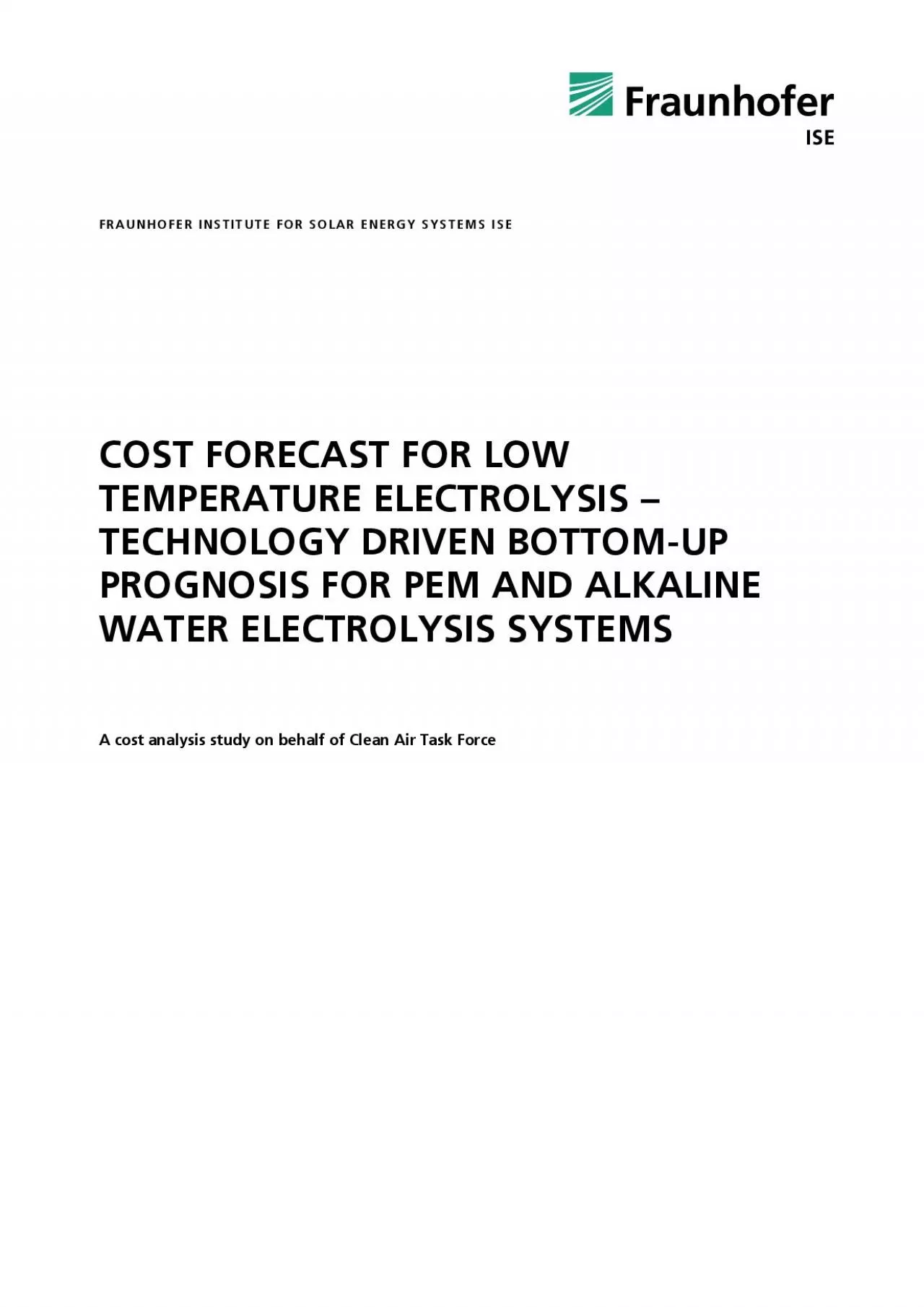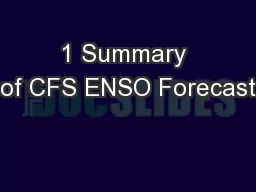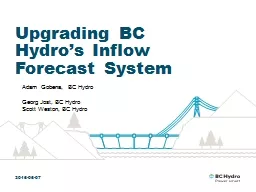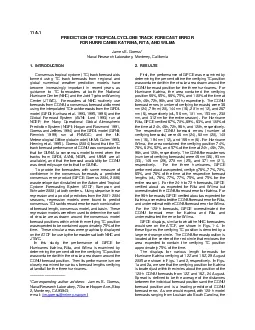PDF-COST FORECAST FOR LOW
Author : fiona | Published Date : 2022-09-07
TEMPERATURE ELECTROLYSIS TECHNOLO G Y DRIVEN BOTTOM UP PROGNOSIS FOR PEM AND ALKALINE WATER ELECTROLYSIS SYSTEMS A cost analysis study on behalf of Clean Air Task
Presentation Embed Code
Download Presentation
Download Presentation The PPT/PDF document "COST FORECAST FOR LOW" is the property of its rightful owner. Permission is granted to download and print the materials on this website for personal, non-commercial use only, and to display it on your personal computer provided you do not modify the materials and that you retain all copyright notices contained in the materials. By downloading content from our website, you accept the terms of this agreement.
COST FORECAST FOR LOW: Transcript
Download Rules Of Document
"COST FORECAST FOR LOW"The content belongs to its owner. You may download and print it for personal use, without modification, and keep all copyright notices. By downloading, you agree to these terms.
Related Documents














